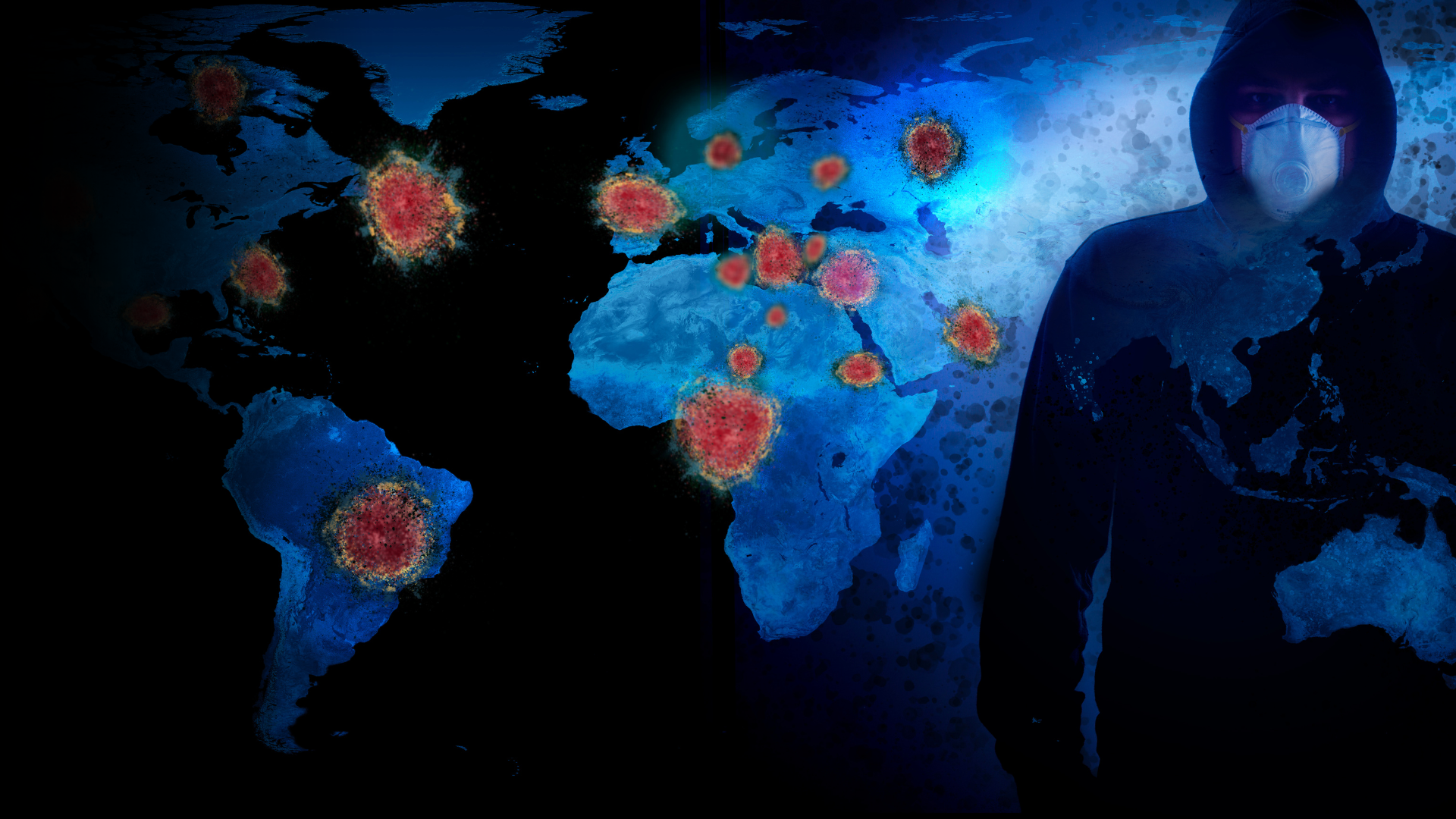Five years back in the year 2020, on this day, (January 11) neighbouring country China reported the first known COVID-19 death. The death was of a 61-year-old man in Wuhan’s market.
Its 2025, and even today the scare if Covid-19 has not faded from the lives of the generation. The disease remains to hold a global presence as it yet keeps evolving with a lesser impact due to the development of immunity via vaccinations.
After a year of its outbreak, i.e. in January 2021, global fatalities of about 17,330 deaths were reported. Where US reached 400,000 cumulative deaths, on the other hand India witnessed a decline in the number of fatalities.
With the generation who witnessed the darked era in history—the COVID-19 pandemic—its origin continues to remain a mystery.
Potential Origin Site: Wuhan Market


The origins of SARS-CoV-2 remain a subject of ongoing investigation and discussion. While the precise source is yet to be determined, evidence points to a zoonotic origin, indicating that the virus was transmitted from animals to humans.
Studies have identified coronaviruses closely related to SARS-CoV-2 in bats and pangolins, suggesting these animals might serve as natural reservoirs. However, none of the identified viruses in these species are close enough genetically to be considered the direct ancestor of SARS-CoV-2.
The Huanan seafood market in Wuhan, China, has been highlighted as a potential early site of the outbreak. However, it remains unclear whether the market was the origin or merely an early point of human transmission. Some research also indicates the possibility that the virus was circulating in other regions before being detected in Wuhan.
The Covid Horror Killed Over 20 Million
The World Health Organization (WHO) estimates that the actual global death toll from COVID-19 likely surpasses 20 million. While more than seven million deaths have been officially reported, the true number is believed to be at least three times higher. In Europe, nearly 2.3 million deaths have been recorded since 2020, with older adults accounting for the majority of hospitalizations and fatalities.
“We cannot consider COVID in the past, as it continues to affect us,” stated WHO Director-General Tedros Adhanom Ghebreyesus, stressing the ongoing impact of the virus.
The development of vaccines occurred at an unprecedented pace, saving millions of lives worldwide. Within a year of identifying the virus, mRNA vaccines from Pfizer and Moderna were authorized for use in the US and the UK, benefiting from years of prior research. Since 2021, over 13 billion vaccine doses have been administered worldwide, though the distribution was initially slower in less affluent countries.
Also Read: Which Country Has The Biggest Pennis? Sudan Tops The List, Know Where India Ranked



